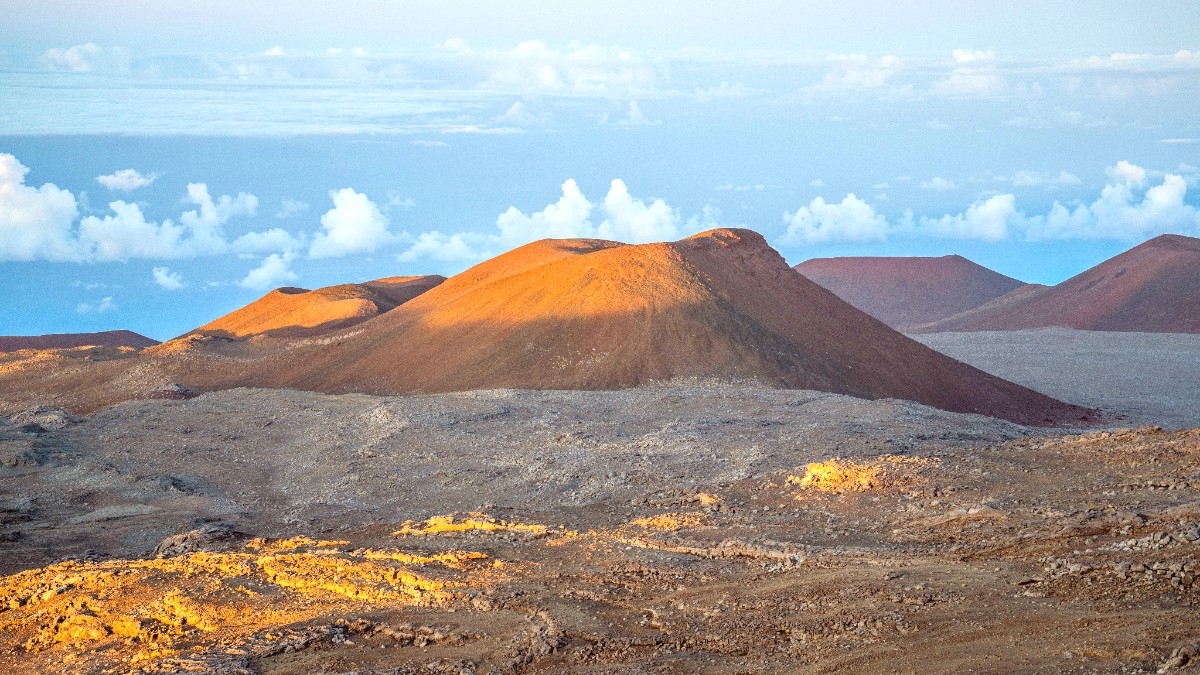
Hawaii, USA
The Big Island's public transit system is the Hele-On bus. This system connects major towns like Hilo, Kailua-Kona, and Waimea, and offers some routes to attractions, though coverage is not comprehensive. For general tourist exploration, especially to remote sites like Mauna Kea's summit, the Hele-On bus is not the most practical option.
Route maps are on the Hele-On website. Consult for current schedules and routes. Major hubs include the Mo'oheau Bus Terminal in Hilo and the Kailua-Kona Pier. From these points, connections to various routes across the island are possible.
Cost-effective for budget travelers, especially for specific routes within main towns.
Not for comprehensive island exploration or direct access to remote sites like Mauna Kea summit.
Infrequent service makes planning multi-stop itineraries challenging and time-consuming.
Designated for easy access.
Clearly marked for pickups.
Pick-up zones clearly marked.
Straightforward to arrange ride.
Car rental is the most common and recommended transportation option for exploring the Big Island and accessing Mauna Kea. Major car rental companies operate at both Kona International Airport (KOA) and Hilo International Airport (ITO).
Drive on the right side of the road, standard U.S. Regulation.
Mandatory for all occupants.
Enforced, observe posted signs.
Walking is feasible within towns like Hilo or Kailua-Kona and within designated park areas. These areas often have sidewalks and are more pedestrian-friendly. Self-guided walking tours can be a pleasant way to explore historic districts or waterfronts. However, walking around Mauna Kea, specifically once you are on the Mauna Kea Summit Road, is limited to specific areas due to safety concerns. Bicycle infrastructure outside of some urban areas on the Big Island is limited. Dedicated bike lanes are not widespread, and cycling on main roads poses a challenge due to narrow shoulders and traffic volume.
Offer guided bus tours to the Mauna Kea summit for stargazing or sunrise/sunset experiences.
Include 4WD transportation, experienced guides, warm gear.
Not applicable for reaching Mauna Kea. Available for coastal activities like snorkeling tours or whale watching.
For coastline activities only.
The Big Island and Mauna Kea do not have these systems. Summit access is exclusively by vehicle or by foot on the designated hiking trail.
Vehicle or hiking trail only access.
Whether by self-drive or guided tour, advanced planning makes for the best experience.
Always prioritize safety by checking summit conditions and selecting the right vehicle or tour option for your group.